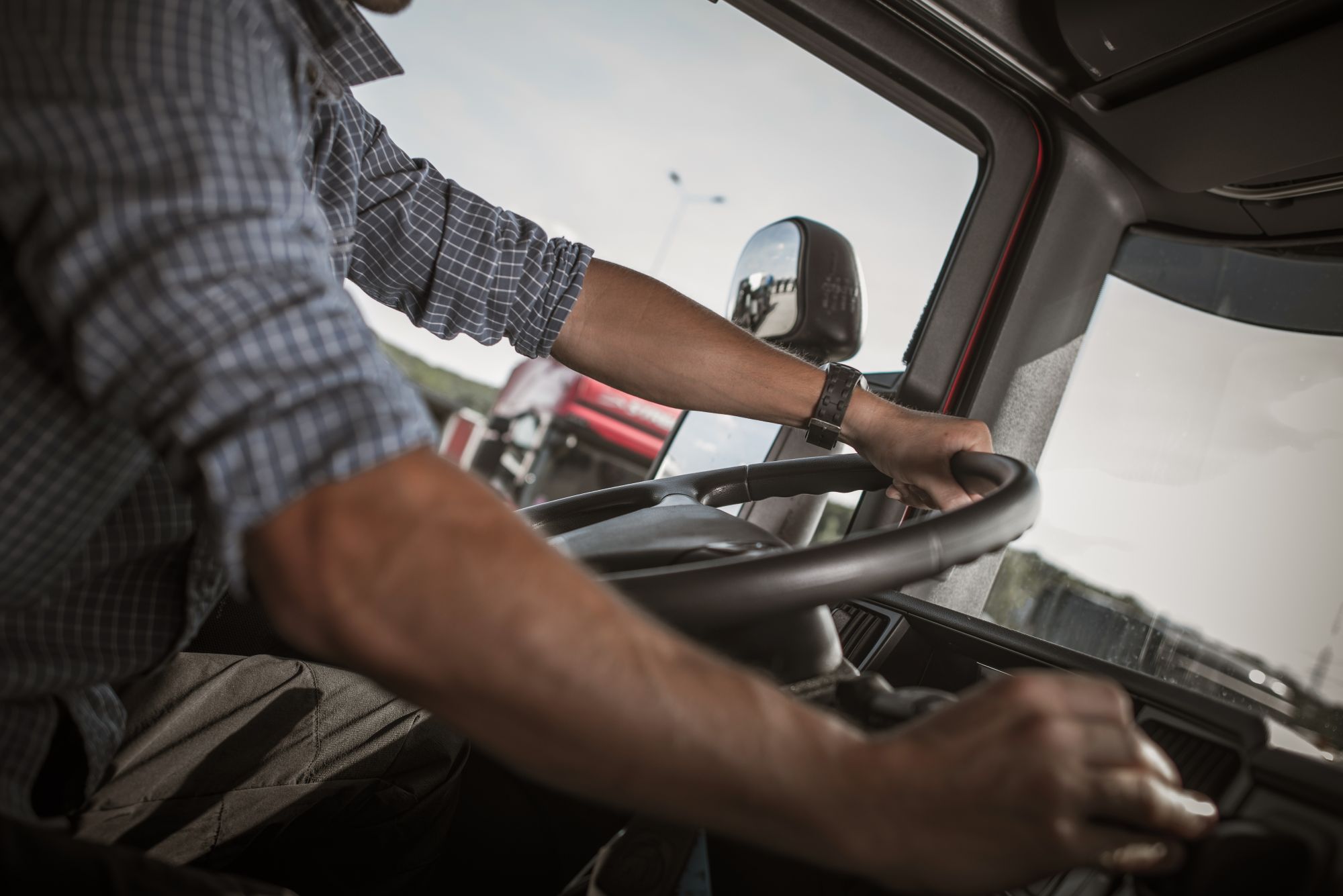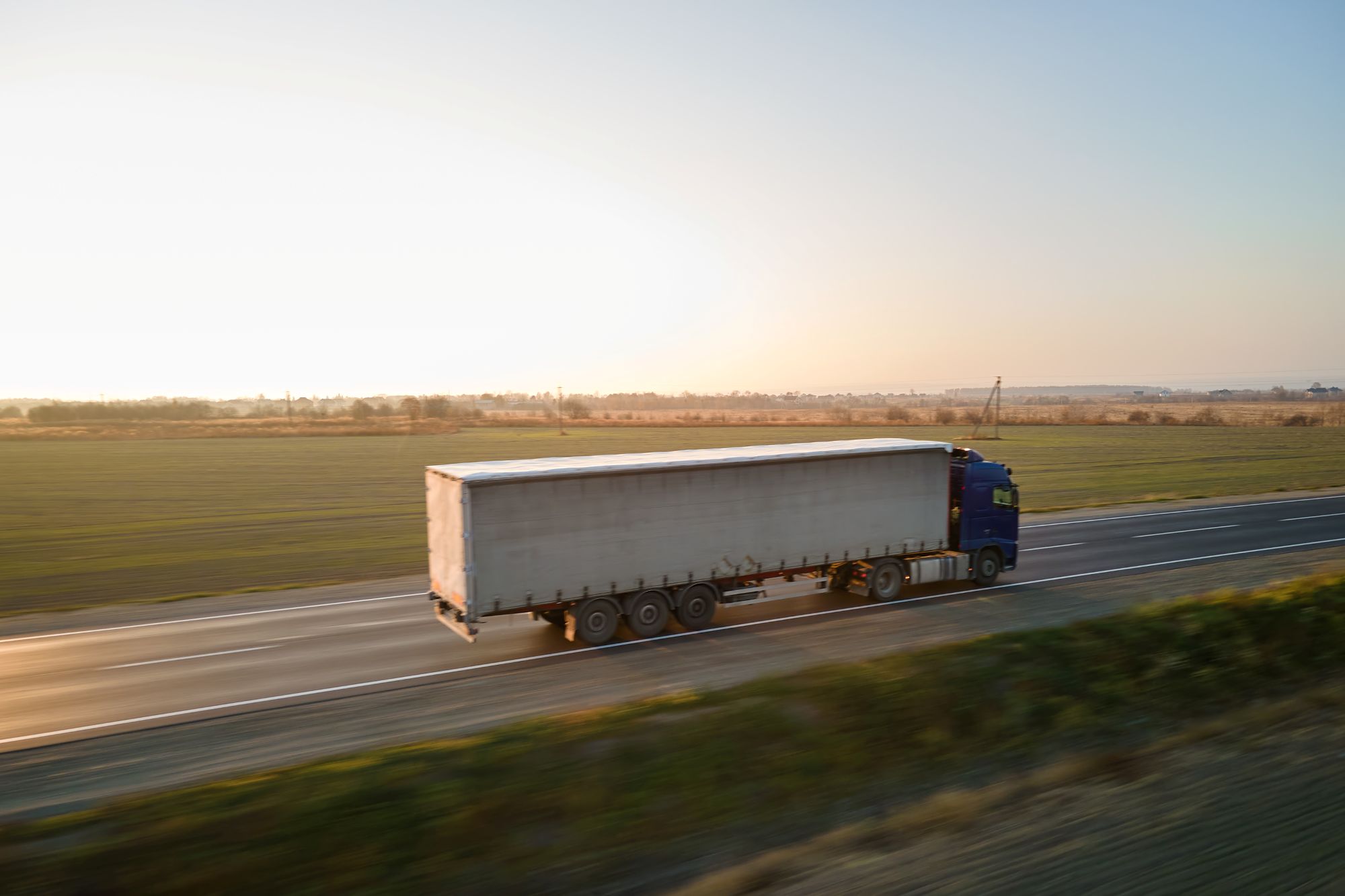
Guest
Tacógrafos inteligentes de segunda geração: O que os gestores de frotas precisam de saber
Criado: 28/10/2025
•
Atualizado: 28/10/2025
O sector dos transportes rodoviários na Europa está a sofrer uma mudança significativa com a implantação do tacógrafo inteligente de segunda geração (Smart Tachograph Version 2, ou G2V2). Estes novos dispositivos foram introduzidos no âmbito do [Pacote de Mobilidade da UE] (https://transport.ec.europa.eu/transport-modes/road/mobility-package-i_en) para melhorar a segurança rodoviária, garantir uma concorrência leal e proteger os direitos dos condutores.
Para os gestores de frotas em toda a UE - e no Reino Unido para os que operam a nível internacional - é crucial compreender o que implica o novo tacógrafo inteligente v2, os prazos para a sua implementação e o impacto que terá nas operações diárias. Este artigo fornece uma visão prática das caraterísticas do G2V2, dos prazos regulamentares e das implicações operacionais para as frotas.
O que é o tacógrafo inteligente de segunda geração?
O tacógrafo inteligente de segunda geração é uma unidade de tacógrafo digital actualizada com capacidades melhoradas, concebida para aumentar o cumprimento das regras de condução e simplificar a aplicação da lei.
Com base nos primeiros tacógrafos inteligentes introduzidos em 2019, o novo tacógrafo inteligente acrescenta várias caraterísticas importantes:
Rastreio GNSS com deteção automática de fronteiras: Os dispositivos G2V2 utilizam a localização por satélite (Galileo GNSS) para registar a posição de um veículo ao atravessar as fronteiras nacionais. Isto ajuda a fazer cumprir as regras de cabotagem e de destacamento de condutores, fornecendo registos precisos do momento em que um camião entra num novo país.
Acesso remoto a dados para controlo: O novo tacógrafo permite que os agentes de controlo obtenham dados sem fios através da Comunicação Dedicada de Curto Alcance (DSRC). Os inspectores de estrada podem receber remotamente o tempo de condução recente, a última paragem ou potenciais violações à medida que um camião se aproxima. Essencialmente, os responsáveis pela aplicação da lei podem aceder aos principais dados do tacógrafo do G2V2 sem parar o veículo, o que facilita uma aplicação mais inteligente e unificada das regras relativas às horas de condução.
Esta capacidade de "controlo remoto" permite às autoridades pré-selecionar os veículos que podem necessitar de uma inspeção mais rigorosa, reduzindo as paragens desnecessárias dos condutores cumpridores.
Integração com telemática (Interface ITS): O G2V2 inclui uma interface ITS obrigatória com conetividade Bluetooth para intercâmbio seguro de dados com sistemas de terceiros. Isto significa que as plataformas telemáticas da frota podem emparelhar-se com o tacógrafo para aceder a dados como a localização do veículo, a velocidade, a atividade do condutor e até eventos do veículo (por exemplo, utilização dos travões) em tempo real.
Para os gestores de frotas, esta integração oferece a possibilidade de fluxos de dados mais ricos para a monitorização da conformidade e a gestão de rotas, ligando sem problemas as informações do tacógrafo ao seu software de gestão de frotas existente.
Registo de dados melhorado: Os novos tacógrafos G2V2 registam mais informações e conservam-nas durante mais tempo. Os registos de atividade do condutor abrangem agora 56 dias em vez de 28, prolongando o período de controlo para aplicação da lei e ajudando os operadores na retenção de dados e nas auditorias. Além disso, novos campos de dados fornecem uma imagem mais completa de cada viagem. Os dispositivos registam os locais de carga e descarga, registam se o veículo transporta passageiros ou mercadorias e captam eventos de configuração e calibração com maior detalhe. Em conjunto, estas actualizações apoiam a conformidade e o planeamento logístico. No entanto, os condutores terão de receber formação para efetuar as novas entradas manuais para os pontos de carga e descarga, uma vez que estas coordenadas são armazenadas para verificação posterior.
Anti-violação mais forte e à prova de futuro: As unidades de segunda geração estão equipadas com uma segurança melhorada para detetar e resistir à violação. Dispõem também de software atualizável para permitir melhorias futuras. Além disso, foram introduzidos novos cartões de condutor (cartões de condutor G2V2) com maior memória para acomodar os dados adicionais. Não existe qualquer requisito legal imediato para que os condutores substituam os cartões de tacógrafo digital existentes se ainda estiverem válidos, mas à medida que os cartões expiram, serão substituídos pelos cartões actualizados para utilizar plenamente as funcionalidades G2V2.
Atualização da regulamentação
A maioria dos principais prazos para a instalação de tacógrafos já passou. Todos os veículos pesados que operam internacionalmente na UE ou que entram a partir do Reino Unido são agora obrigados a ter instalado o tacógrafo inteligente de segunda geração (G2V2).
O único marco que falta é 1 de julho de 2026, data em que a regra será alargada aos veículos comerciais ligeiros entre 2,5 e 3,5 toneladas utilizados no transporte internacional. Historicamente, as carrinhas estavam isentas das regras da UE em matéria de horas de condução e tacógrafo, mas a partir de julho de 2026, os operadores que transportam mercadorias através das fronteiras terão de as cumprir.
Esta alteração visa colmatar lacunas de longa data e garantir que os condutores de veículos comerciais mais pequenos cumpram as mesmas regras de tempo de repouso que os operadores de veículos pesados. Os gestores de frotas que gerem frotas pan-europeias de furgões devem começar já a planear as instalações, integrando a atualização nos ciclos de manutenção de rotina ou de renovação da frota para minimizar as perturbações.

Impacto nas frotas internacionais
Os gestores de frotas com operações internacionais têm de compreender que a conformidade com estas actualizações do tacógrafo é agora um pré-requisito para o transporte rodoviário transfronteiriço na Europa. Se os seus camiões viajam entre países da UE - ou do Reino Unido para a UE - não equipar o tacógrafo correto pode parar o seu negócio na fronteira.
Eis alguns pontos-chave sobre a forma como as diferentes frotas são afectadas:
Frotas baseadas na UE (operações internacionais)
Tal como referido anteriormente, a partir de agosto de 2025, qualquer veículo pesado de mercadorias que efectue viagens internacionais dentro da UE deve ter o tacógrafo de segunda geração. Isto aplica-se independentemente do local da UE onde o camião está registado. A fiscalização é efectuada durante os controlos na estrada ou nas fronteiras. Os veículos não conformes podem ser retirados da estrada até que seja instalado um tacógrafo adequado.
Operadores do Reino Unido que entram na UE
As frotas britânicas que efectuam viagens internacionais para ou dentro da UE estão sujeitas aos mesmos requisitos de tacógrafo se estiverem a operar veículos de mercadorias. Isto deve-se ao facto de as regras estarem incorporadas no Tratado AETR, que rege o transporte rodoviário entre países europeus da UE e de fora da UE. O Ministério dos Transportes do Reino Unido alinhou a regulamentação nacional de modo a refletir o calendário da UE para as viagens internacionais.
A não atualização não significa apenas uma multa - pode significar que o seu camião é parado num posto de controlo e não pode concluir a entrega. As autoridades de países como a França impuseram [coimas até 30 000 euros] (https://trans.info/en/smart-tachograph-2-406996) e até penas de prisão por violações graves da conformidade do tacógrafo. Outros países, como a Alemanha, a Espanha e a Itália, têm as suas próprias sanções severas. Além disso, o incumprimento pode manchar a reputação de uma empresa.
Do lado positivo, as frotas que cumprem as normas beneficiam de uma fiscalização mais fácil. Os camiões com dispositivos actualizados, por exemplo, podem ser parados com menos frequência, graças aos controlos prévios remotos, permitindo que os condutores cumpridores da lei continuem a circular.
Efeitos no bem-estar dos condutores
Um dos principais objectivos da nova legislação sobre tacógrafos e do pacote de mobilidade da UE em geral é melhorar as condições de trabalho. Ao automatizar as tarefas de manutenção de registos, como as entradas nas fronteiras, e ao limitar o excesso de horários ilegais, o sistema ajuda a garantir que os condutores descansam adequadamente. Espera-se que isto reduza os incidentes relacionados com a fadiga e torne a aplicação da lei mais justa, dando aos condutores a confiança de que os concorrentes estão a seguir as mesmas regras.
A fiscalização remota também significa que os condutores cumpridores enfrentam menos atrasos na estrada, permitindo-lhes concluir as viagens com menos stress.
Os condutores precisarão de alguma formação para se adaptarem. Embora os princípios básicos permaneçam os mesmos, as novas funcionalidades requerem a introdução manual dos locais de carga e descarga e o consentimento para a partilha de dados com sistemas ligados. A compreensão destes avisos - e a forma de reagir em caso de avaria - facilitará a operação.
Do ponto de vista da frota, os dispositivos G2V2 armazenam o dobro dos dados (56 dias), pelo que os descarregamentos serão maiores e conterão mais histórico. Os operadores devem verificar se o seu software de tacógrafo e os seus sistemas de armazenamento conseguem lidar com este aumento de volume.
Por último, com o Bluetooth e a conetividade em linha, a privacidade dos dados tornou-se um ponto de discussão. As autoridades responsáveis pela aplicação da lei podem aceder aos dados do tacógrafo para fins de conformidade, mas quando os partilham com sistemas telemáticos ou de gestão, os condutores têm de dar o seu consentimento prévio. Os gestores de frotas devem assegurar aos condutores que todos os dados são tratados de forma segura e utilizados apenas para fins legítimos e em conformidade com o RGPD.
Planeamento antecipado
Os tacógrafos inteligentes de segunda geração afectam todas as partes das operações da frota, desde a conformidade e o planeamento de rotas até ao bem-estar dos condutores. A adoção de uma abordagem proactiva ajudá-lo-á a manter a conformidade - e a tirar o máximo partido da nova tecnologia.
*Mantenha-se informado * Acompanhe as actualizações da Divisão de Mobilidade e Transportes da Comissão Europeia, bem como dos organismos do sector. Os regulamentos podem ser complexos, mas os resumos oficiais e as perguntas frequentes são um bom ponto de partida.
Dê formação às suas equipas Realize palestras ou sessões de atualização para motoristas e gestores de transportes, centrando-se em novas funções como a aplicação remota e as entradas manuais.
**Os dados em tempo real podem ajudá-lo a monitorizar as horas de condução restantes, ajustar os planos de expedição e identificar os itinerários que se aproximam frequentemente dos limites.
**Incentive as suas equipas a encarar a conformidade com o tacógrafo como parte de uma boa gestão da frota e não apenas como uma obrigação regulamentar. Reconheça marcos como zero infracções, invista na formação dos condutores e certifique-se de que todos compreendem como os dados exactos beneficiam a segurança e a eficiência.
A implantação do G2V2 traz desafios, mas também benefícios claros: maior controlo, melhores dados e condições de trabalho mais justas para os condutores. Para as frotas que adoptam a mudança, a recompensa é a fluidez das operações, o aumento da segurança e um futuro mais conectado e compatível nas estradas europeias.
Na SNAP, estamos a apoiar as frotas de todo o continente nesta próxima fase da transformação digital. Através da aplicação intruck, os condutores podem pré-reservar estacionamento seguro ao longo das suas rotas - enquanto o Portal SNAP permite aos gestores de frotas planear e reservar paragens de descanso com antecedência, garantindo a conformidade e protegendo o bem-estar dos condutores. [Registe-se hoje] (https://snapacc.com/sign-up/)



